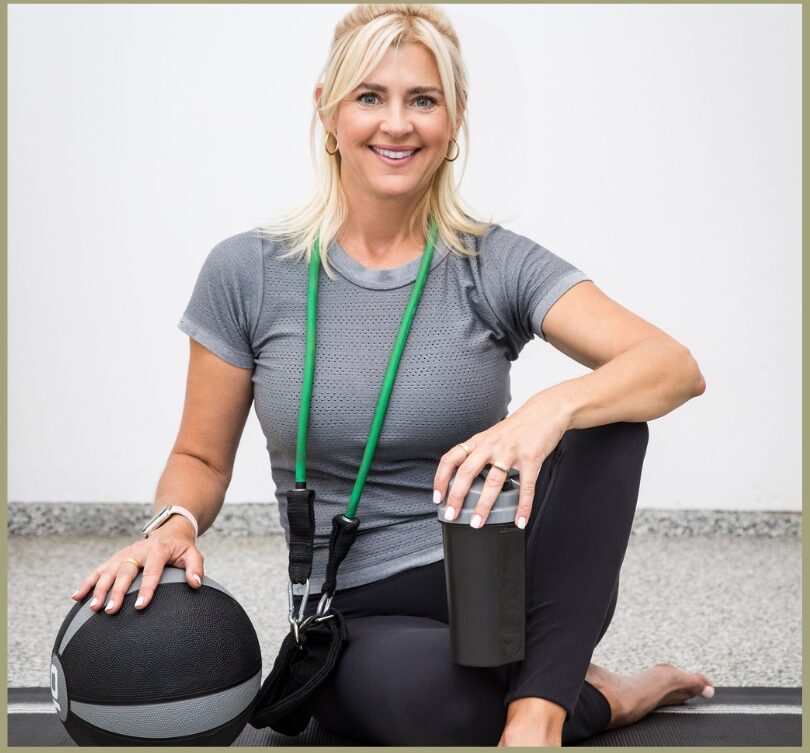Readiness to Change
Understanding what it takes to change and the phases to assess your readiness, using popular models of change

Understanding what it takes to change and the phases to assess your readiness, using popular models of change

Time for a change? If you are trying to set new goals for 2023, or at any time for that matter, it is important to consider your readiness to change. Additionally, if you are determined to help a loved one or client change but it feels like you want it for them more than they do, understanding their stage of readiness is key to supporting them. There are several experts in the field of personal growth that study motivational mindsets and their models are extremely useful.
The GROW model was developed by Sir John Whitmore in the 1980s. Along with his colleagues, he focused on how to “GROW” strong leaders (Sutton, 2022). His method remains popular today. His book Coaching for Performance originally from 1992 and updated in 2022, breaks down the GROW acronym as follows (Performance Consultants (International) Ltd, 2022):
These are simple straightforward considerations for self and others as you contemplate readiness to change and goal setting.
The other well-known model often used by coaches is the transtheoretical model, (TTM) also known as the stages of change by Prochaska & Velicer (1997). This model breaks down several stages (5-7), depending on how it is being implemented.
The interesting thing to note on this model is that we can cycle through it in many ways and also repeat phases. In addition, we may be ready to make a change in one area of our life such as quitting smoking, but we are not yet ready to begin exercising. Therefore, when you are assessing readiness to grow or change, be sure to separate each goal.
Finally, if you are supporting a client or a family member, ask high-mileage questions to determine what areas they are willing to do the work or already are moving in that direction. This is often the best place to build upon and it will increase the likelihood of success. It is important to remember, that the person setting the goals is the one who wants to achieve the goals and needs to do the hard work. The support system is exactly that, support. It is your job…and my job, to assess, ask questions, summarize, and cheer them on as they move forward. We can also point out truths, such as “I noticed you set a goal to walk 5 times this week and you accomplished walking 2x. Tell me about that?”
Readiness to change is the first place to assess in goal setting. Once we determine readiness, we can set SMART goals with action steps to achieve success. If it is clear that we are not ready to change, the next step would be to ask why. This step will allow us to consider what is in the way. Perhaps we need to clean up a few circumstances before setting a new goal or focus on self-care, so we are not exhausted and prone to failure. Journaling is a great way to assess where we stand and what we need to do to accomplish change.
Wishing you the best of growth. Be true to yourself and remember, wherever you go, you take you with you.
Aim Oń
Resources:
Performance Consultants (International) Ltd. (2022, October 13). The GROW Model. Performance Consultants. https://www.performanceconsultants.com/grow-model
Prochaska JO, Velicer WF. The transtheoretical model of health behavior change. Am J Health Promot. 1997 Sep-Oct;12(1):38-48. doi: 10.4278/0890-1171-12.1.38. PMID: 10170434.
Sutton, J., PhD. (2022, December 28). How to Assess and Improve Readiness for Change. PositivePsychology.com. https://positivepsychology.com/readiness-for-change/